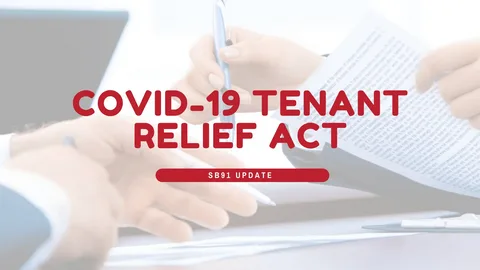For decades, the nonprofit sector has enjoyed something no other industry dares to expect: immunity from real accountability. Why? Because the public assumes that if an organization is trying to “do good,” it must be good. This is what many call the halo effect—a powerful shield that lets nonprofits escape scrutiny.
It sounds noble, but in practice, the halo effect is dangerous. It blinds donors, policymakers, and the public to inefficiencies, duplications, and even outright failures. The truth is this: good intentions are not impact.
How We Got Here
Unlike corporations that answer to shareholders or public agencies accountable to voters, nonprofits operate in a consequence-free zone. Their legitimacy rests on emotion. A heartwarming story, a glossy annual report, a well-designed fundraising campaign—these become “proof” of effectiveness.
As Ken Stern observed in With Charity for All, “In a sector where there is no price signal, no profit motive, and no competitive marketplace, organizations can persist indefinitely without producing meaningful results” (Stern, 2013).
The sector has also conflated frugality with morality and survival with success. Dan Pallotta warned against this trap in Uncharitable, writing, “We don’t measure impact—we measure overhead” (Pallotta, 2012). The halo effect makes it nearly impossible to challenge that narrative without being accused of cynicism.
The Cost of Untouchability
The halo effect doesn’t just hide inefficiency; it protects underperformance. Well-connected organizations survive even when results are thin. Meanwhile, high-impact groups without polished branding get overlooked.
Consider this: A 2022 report by the Center for Effective Philanthropy found that only 35% of foundations collect third-party evaluations of their grantees, and more than 80% of nonprofit performance reports are unaudited and self-authored (CEP, 2022). In any other sector, we’d call that a conflict of interest. In nonprofits, we call it “reporting.”
The cost is enormous. Billions of dollars flow to organizations that may not be solving the problems they claim to address. Communities are underserved. Promising solutions remain underfunded. Donors believe they’ve done good, but the actual impact is far less than advertised.
Why Good Intentions Aren’t Enough
No one doubts that many nonprofit leaders care deeply about their missions. But caring is not the same as delivering results. Imagine if we judged airlines by their intent to deliver passengers safely rather than their actual safety record. Or hospitals by their intention to heal rather than their survival rates.
We would never accept that standard in health, education, or transportation. So why do we accept it in the nonprofit sector—where lives, opportunities, and communities are at stake?
Breaking the Spell
The halo effect persists because few are willing to challenge it. Calling out inefficiency in nonprofits can feel taboo. But silence serves no one—not donors, not communities, and not the causes we claim to care about.
Breaking the halo spell requires:
- Demanding data, not anecdotes. Donors must ask for independent evaluations and resist being swayed by storytelling alone.
- Supporting transparency. Nonprofits should publish raw data, not just curated success stories.
- Rewarding effectiveness over legacy. Funders must shift dollars toward organizations proving outcomes, not just those with familiar names.
- Encouraging honest failure. Not every initiative will succeed, but only by measuring can we learn, adapt, and improve.
A Call to Funders and Boards
If you are a funder or serve on a nonprofit board, you hold the power to change this dynamic. Stop letting the halo effect dictate your decisions. Ask harder questions:
- How do we know this program works?
- Are outcomes measured independently?
- Do results justify the resources spent?
The halo effect thrives on deference. Accountability thrives on courage.
Moving Beyond “Doing Good”
The nonprofit sector cannot continue to rely on sentimentality as its currency. The world’s toughest problems demand more than goodwill—they demand measurable results. That requires systems built for transparency, validation, and consequences.
Because unchecked charity isn’t generosity. It’s negligence. And negligence in the face of human need is, above all, unacceptable.
References
Center for Effective Philanthropy (CEP). (2022). State of Nonprofit Evaluation Report.
Pallotta, D. (2012). Uncharitable: How Restraints on Nonprofits Undermine Their Potential. Tufts University Press.
Stern, K. (2013). With Charity for All: Why Charities Are Failing and a Better Way to Give. Anchor Books.




